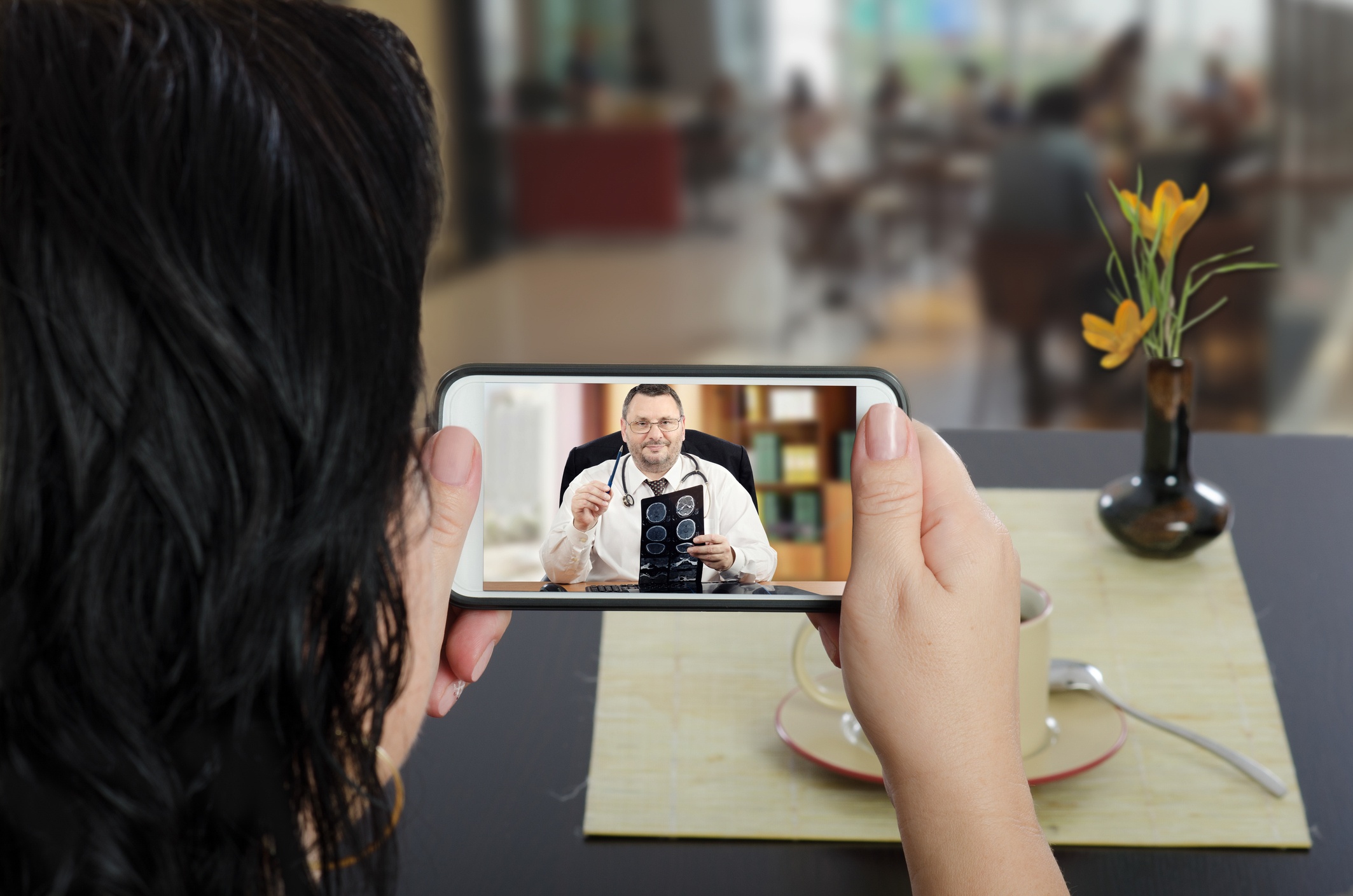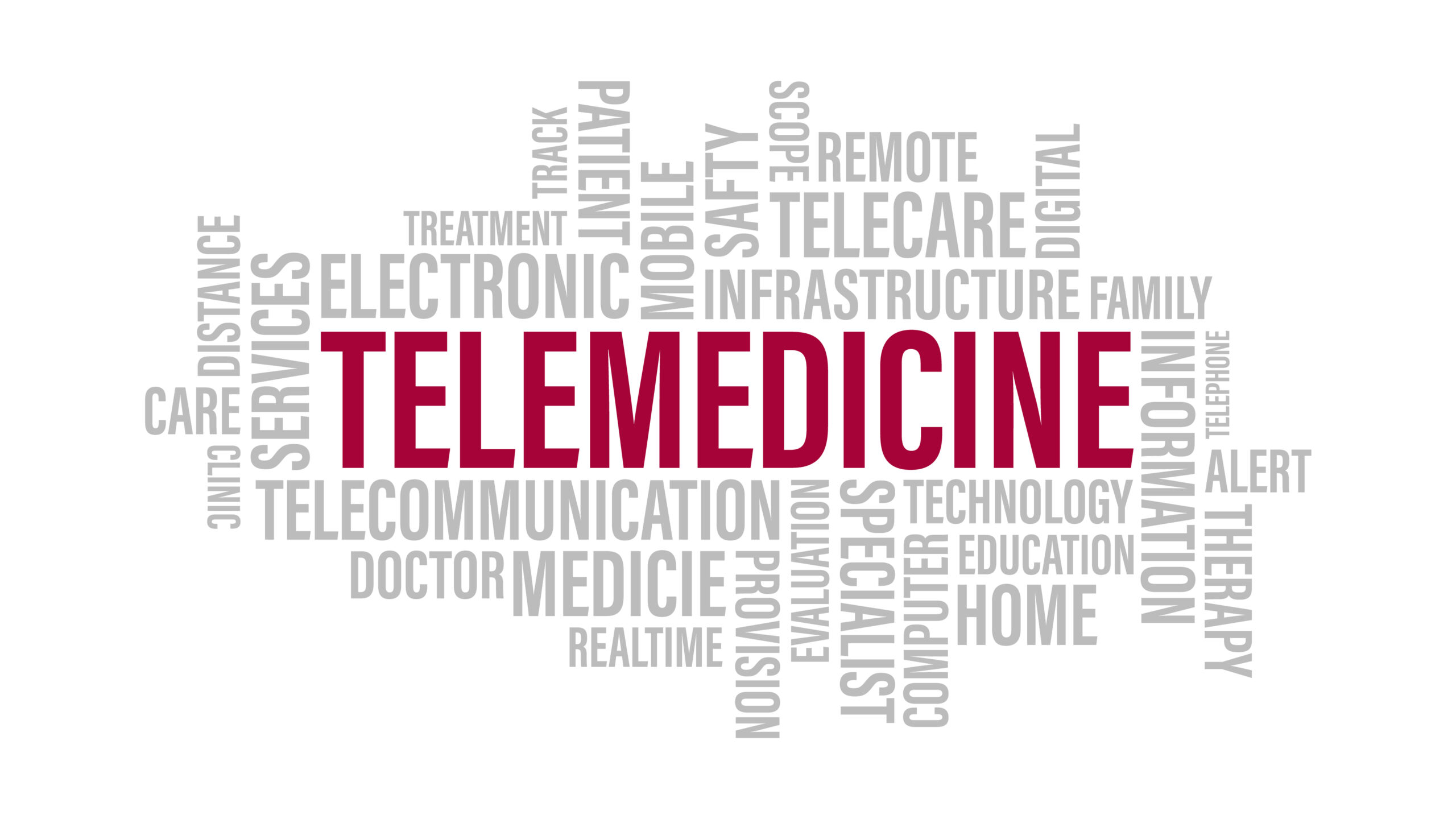
Patients receiving radiotherapy reported high satisfaction with telemedicine in their oncology consultations, according to a survey.
This study, from researchers at Memorial Sloan Kettering Cancer Center, was published in the Journal of the National Comprehensive Cancer Network (JNCCN).
“These findings provide some evidence that there is a role for telemedicine beyond the COVID-19 pandemic and that it can be a particularly useful tool for certain patients—especially those who may have challenges coming on-site for an appointment,” said co-author Narek Shaverdian, MD, via a press release.
Satisfaction with Telemedicine for Oncology Consultations
The researchers surveyed patients with cancer receiving radiotherapy between December 2019 (in-person) or April 2020 (telemedicine) through June 2020. In total, 2,828 patients were surveyed and 1,077 responded (response rate=38%). Of respondents, 351 patients completed telemedicine visits with their oncologist and 726 visited the office in-person during the study period. The most common cancers were prostate (34%) and breast (26%).
Overall, measures of patient satisfaction were comparable between telemedicine and in-person consultations. Ninety-one percent of telemedicine patients reported high quality explanations from their physician, compared with 84% of in-person visitors. Concern and friendliness among physicians were also rated highly by most patients (>90% overall). More than 90% of patients selected the top score when rating their likelihood to recommend their physician to others, regardless of visit type. There were no significant differences in satisfaction scores between the pre- and intra-pandemic period
Among the telemedicine cohort, 45% of respondents said that telemedicine was their preferred visit, 34% said in-office visits, and 21% reported no preference between the two. Most patients said that telemedicine is either similar or better than in-office visits regarding confidence in their physician (90%), understanding of their treatment (88%), and confidence that their cancer will be treated appropriately (87%). Sixty percent of these patients did not report a difference between virtual or in-person visits regarding the personal connection with their oncologist, although 30% preferred the connection made during in-person visits. Regarding costs, 66% of telemedicine patients said they preferred these consultations to visiting the office.
“An individual visit to the physician’s office can be costly—including transportation, parking, and time off from other activities,” said co-author Erin F. Gillespie, MD. “Telemedicine takes away most of this cost and inconvenience and could therefore reduce the overall burden of engaging with the healthcare system. Also, the ability for family and friends to join the conversation from any location can be game-changing.”
Factors Associated with Patient Preferences
According to the authors, patients with a higher performance status or who were married/partnered had a higher likelihood of preferring an in-person visit over a telemedicine oncology consultation (odds ratio=1.04 and 2.41, P=0.047 and P=0.009, respectively).
Additionally, the technology utilized during the telemedicine call may impact patients’ preferences. Patients who received a telephone-only visit and not an audiovisual encounter were two times more likely to report that their understanding of their treatment would be improved with an in-person visit compared with patients who received an audiovisual consultation (odds ratio=2.25, P=.040). There were no other variables associated with poor treatment plan understanding during telemedicine.
“Telemedicine can be a resource to increase access to care, but only if patients have and can use these video capabilities,” added Dr. Shaverdian. “There is so much that you learn just by seeing a patient and using visual cues to guide a discussion. A voice-only encounter with a patient you’ve never met before is challenging.”
In summary, the authors wrote, “Telemedicine maintained patient confidence in the physician and treatment, but efforts to increase access to audiovisual technologies must be prioritized to improve patient–physician communication.”
However, Dr. Gillespie advised, “Digital tools like telemedicine have the unfortunate potential consequence of paradoxically increasing disparities in access to care.” She continued, “But the counter to that is there will be some disadvantaged patients that would not have accessed the system at all, either due to technologic barriers or travel time, and now can connect at least by phone, which is an important and positive change.”






 © 2025 Mashup Media, LLC, a Formedics Property. All Rights Reserved.
© 2025 Mashup Media, LLC, a Formedics Property. All Rights Reserved.